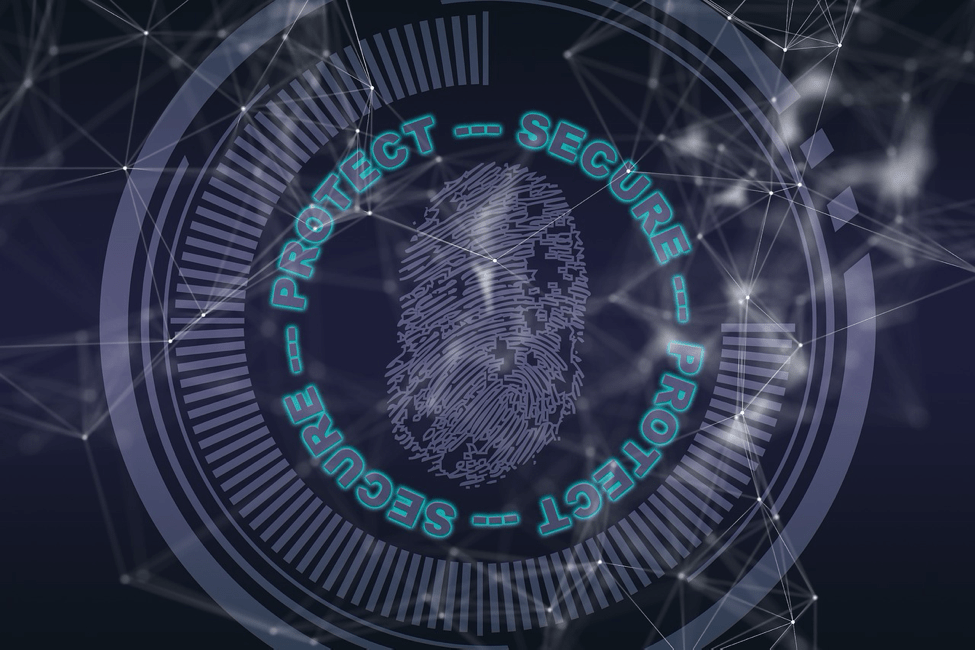To get access to a secure service a user has to pass authentication. That is a process by which the user (subject) provides his name (identity) and password or other authentication data to a mutually trusted entity (principal authenticator). The principal authenticator (traditionally embedded into the security service itself or, more advantageously, a separate entity) is responsible for granting/denying access (a communication link and access privileges) to the subject. While good encryption techniques exist to prevent tapping on communication links to such services, there are no good methods from preventing passwords or other authentication data themselves from being guessed or stolen. Several password cracking programs exist and they are very effective in guessing passwords by combining dictionary search and basic human engineering techniques.
A utility is required that can allow the user to not have to remember or increase different passwords. Organizations need a management system that is reliable and inexpensive, which allows them to supply their customers and employees in ways that are a safe and easily manageable mechanism that allows the office to have a password. Corporate users are interested in and monitor security services and systems. Personal profile information, payment instruments, and financial information are very important. Sensitive data is the data that the user wants to access.

The system provides for just in time, high-quality passwords generation and allows a user to specify password characteristics, such as, for example, maximum length, allowed symbols, etc. High-quality passwords (the ones that are very difficult to crack) are rarely used because people have a very hard time remembering and typing them in.
Password managers provide a unique username, unique email addresses and unique passwords for each account. They also provide a secure store for additional account details. Keeper Password Manager & Digital Vault is one of those tools that helps your security. To find out more about it you can follow this link, but few things that you have to know are that this security tool provides users with dark web protection, encrypted chat services and it comes in different varieties of extensions and apps. Additional features like notes and attachments allow you to use passwords as secure escrow files such as digital safes.
Internet companies have perfect security. Although most businesses do a great job, they need to protect their accounts or use a unique email address. Password managers function well and can help with more than just passwords. They facilitate unique entries and much more. Unique email addresses make it harder for thieves to social-engineer companies, as they won’t have your username, whether or not its an email address. Since you are storing credentials in a password manager, you don’t need to memorize or even see them. Now you have turned your password manager into a credential manager holding unique passwords, unique usernames, and unique email addresses.
The cyber risk now represents much more than theft data. Companies are exposed to potentially massive cyber links risks of business interruption, damage to reputation, physical damage, phone hacking, and extortion. Although hacks and data breach big companies make headlines, the size and diversity of businesses at the SME level make them natural the target of cybercrime and fraud, especially as such organizations they often store customer data with lower levels of protection than the main ones corporations. People use personal computers (PCs) to store and process their most critical information, such as sensitive ones working documents, private messages or access credentials to network tasks. These computers and software running on them were created as personal, and the focus of security engineering was therefore on external threats from unauthorized users and the Internet. However, most computers can be accessed by more than one authorized user, making them efficient multi-user computers.
Password managers help users to choose and remember strong passwords without reusing them. They keep passwords together with their associated host names and usernames in the encrypted password vault. The key to the vault usually comes from a master password. Password managers are often integrated into web browsers and assist the user by offering to create and store passwords and enter them into the login system page. We focus on password managers consisting of two discrete components: a standalone password vault management application and browser extension for web browser integration. An attacker can capture passwords and other confidential information from a large number of password managers. What we find interesting is that, in almost everyone cases, software developers have taken some measures to confirm or encrypt communication between browser extensions and the application. The secure and usable integration of a password manager and a browser is a widely studied problem. Because the password manager is expected to auto fill passwords into web forms, the credentials are exposed to network attackers running malicious scripts on the website.

The malicious process may belong to another user that has login access to the computer or a guest user. We found several vulnerabilities in security-critical applications including password managers, two-factor authentication, and applications that have been split into separate frontend and backend processes. We expect the importance of IPC security to increase as the operating system strives to isolate not only users but also applications from each other.
There is a wealth of information in cyberinfrastructure that cybercriminals want to access. They try to access the data using their abilities. Data mining involves the extraction of necessary data from a large treasury or a quantity of data. Data mining involves models and represents a field that uses many tools.


